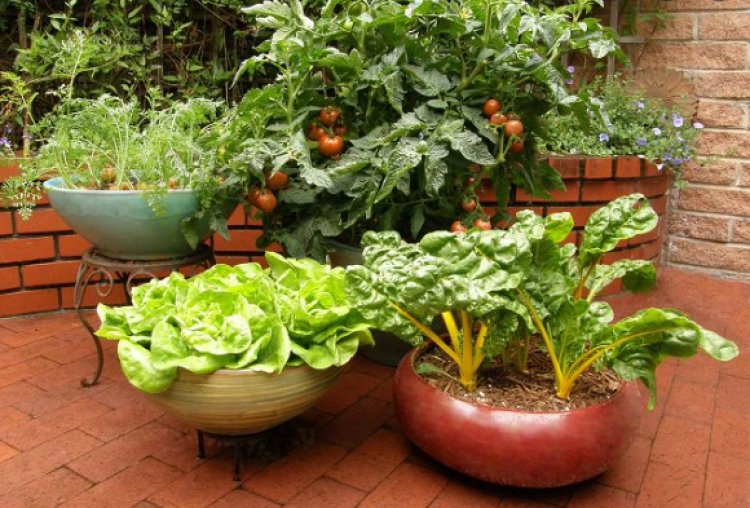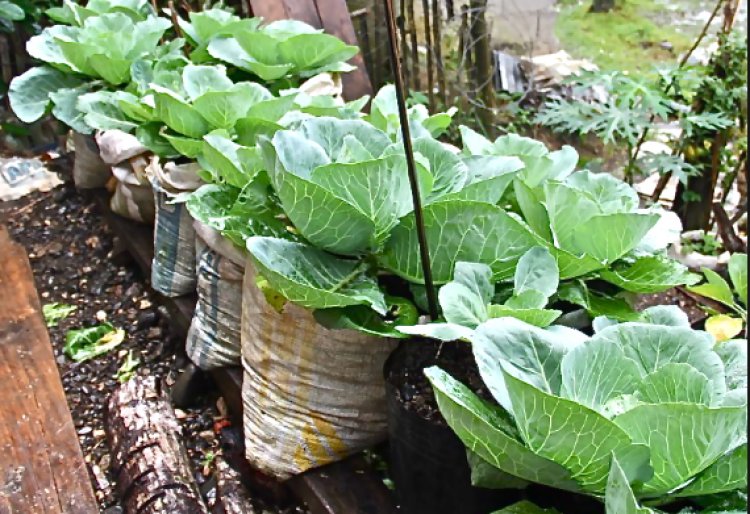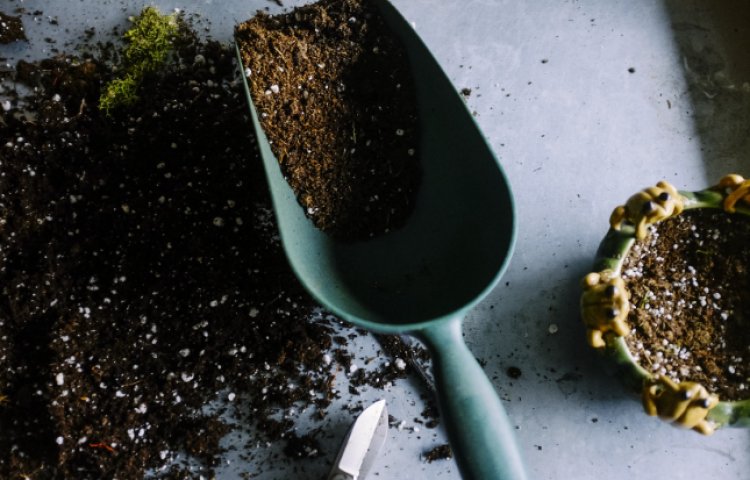How to Prepare for Container Gardening
Container gardening is an excellent option for people with limited or no garden area. Gardeners with a balcony or a small yard can grow a variety of vegetables and herbs in containers in addition to flowers.

What is container gardening?
Growing plants in containers, such as pots, rather than in the ground, is known as container gardening. Container gardening is popular in places where having a garden is not possible, or there is little gardening space.
Container gardening can be arranged to fit wherever you choose to set up your garden because it is space-efficient and portable. The beauty of container gardening is that you can recycle old containers around your house to create your garden, making it effective and environmentally friendly.

How to pick the right container
Choosing the correct container is the most important aspect of container gardening. Almost anything that retains soil can be gardened in, from plastic pots and cinderblocks to whiskey barrels and wheelbarrows. While it comes to cultivating a productive container vegetable garden, however, there are considerations to make when selecting a container:
Drainage - A container should have a drainage hole or some other means for water to travel through it. Waterlogged soil encourages the growth of bacteria and fungi, which reduces plant yield or kills them. Climate considerations should also influence your decision to use containers that hold more moisture or allow greater airflow.
Size - More space allows your plants' roots to grow more freely. Most vegetables require at least 12 inches of soil to thrive, but larger plants need more. A 5-gallon container is ideal for growing tomatoes or squash, while a smaller container is excellent for shallow-rooted plants like lettuce. Larger containers are usually bigger and more difficult to move around, while small containers are more movable and versatile but need more attention on hot days.
Material - If you're creative, almost anything can be used as a container. Anything that stores soil, has drainage holes at the bottom, and is of manageable size can be used, including wooden barrels, buckets, baskets, boxes, window boxes, and troughs. Containers come in a variety of shapes and sizes; the following are some of the most common container materials:

Plastic: Plastic pots are also the most cost-effective solution. They're pretty light, keep moisture well, and are simple to clean and reuse for multiple gardening seasons. Use food-grade plastic pots to avoid chemicals leaching into the soil, especially when planting edibles.
Ceramic/terra-cotta – these pots are more attractive than plastic pots, but they become a little heavier when filled with soil. Glazed pots keep moisture in better than unglazed pots. Ceramic pot clay is porous, allowing air and water to pass through it.
Fabric pots are lightweight, breathable, recyclable, and portable by nature. The fabric allows air and water to flow, helping the plant roots absorb more water and nutrients. Fabric pots have the disadvantage of drying out rapidly. Therefore, they will need to be watered regularly.
How to Prepare the container
Decide where you want the container to be located, then move it to the position before filling it with soil and planting your vegetables. Place the container in a location where the plant will get morning sun while remaining shaded during the hottest period of the day.
Filling the drainage holes in the containers with pot shards or gravel is unnecessary before adding potting mix as the holes become blocked. Instead, place a paper towel or newspaper layer over the perforations before pouring the mix to prevent the soil from washing out. If your container is too deep, you can lessen the amount of potting soil required by layering pebbles or Styrofoam at the bottom.
For container growing, regular garden soil is too dense. Use a houseplant soil combination in containers up to 1 gallon in size. To maintain the appropriate water and air balance in larger containers, use a reasonably coarse soilless planting mixture.
Pre-moisten the soil by watering it before filling the containers or flooding the containers many times with water and stirring. Before planting, make sure the soil is evenly damp.
If you're planting a mixed container, ignore spacing and plant densely; you'll need to prune the plants once they've filled in. Trim any circling roots from trees and shrubs and cover the root ball to the same level as it was at the nursery. Firm the planter mixture carefully and settle by watering it thoroughly. While filling pots with the soil mixture, leaving space for watering.

Importance of container gardening
Container gardening gives adaptability to both large and small gardens by providing instant color and a focus point. Those who don't have the space for raised beds or a large garden plot can grow their food in containers. It is an excellent method to make the most of your gardening space while simplifying your tasks.

























